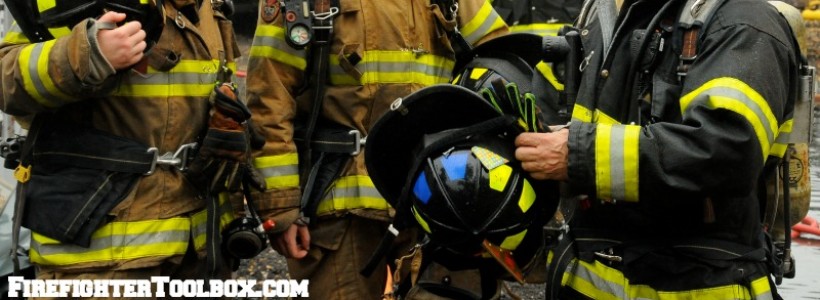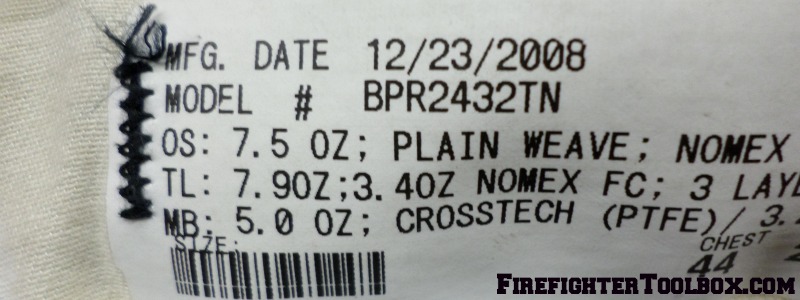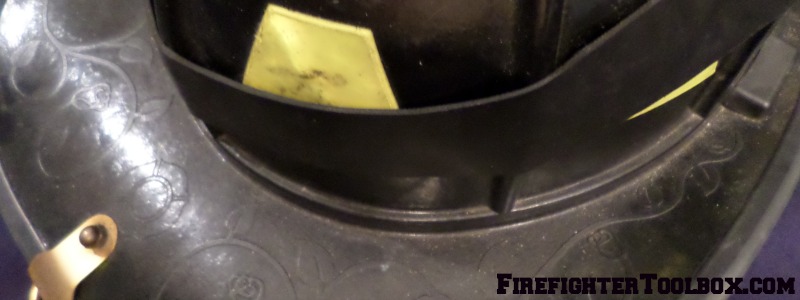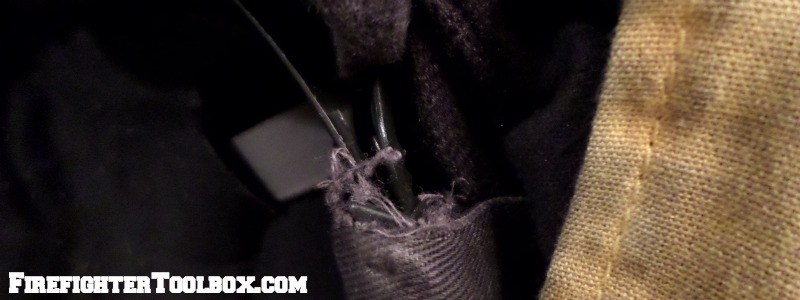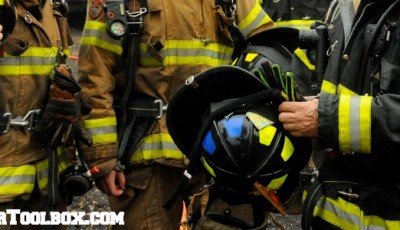Fundamentals of PPE Inspection – Part 1
One of the tasks we need to complete on a regular basis is to check out our equipment to ensure that it is ready to perform its specific job when we need it too. We spend countless hours a year checking our apparatus, saws, SCBA’s and the list goes on and on. However, many firefighters turn a blind eye to one to checking some of the most important equipment we use…our personal protective equipment.
Don’t Take Our PPE for Granted
We frequently take our PPE for granted. We put it on when we go on a run and take it off upon return to the station. I have seen firefighters wear PPE that is basically in shambles and they think nothing of it. Let’s take a look at some of the things we should regularly inspect to ensure that our PPE will do the job that it is designed to do.
Our Gear Has An Expiration
NFPA-1851 Standard on Selection, Care, and Maintenance of Protective Ensembles for Structural Fire Fighting and Proximity Fire Fighting is an interesting read when it comes to our PPE. Did you know that your bunker gear needs to be retired ten years after its date of manufacturing? How long is your helmet designed to stay in service? It is also interesting to see exactly what is outlined as far as care and maintenance as well as what interval your gear should be inspected. I highly suggest giving this a read as well as NFPA-1971 which sets the minimum standard for manufacturers in regards to designing and making of the PPE.
Do you know when your gear was manufactured?
Since there is a such a wide variety of gear on the market today and each department orders their PPE to a different specification we will keep our inspection as general as possible while still keeping the users safety in mind.
Before we start our inspection it should be noted that your gear should be clean and dry, a heavy amount of debris on your gear could disguise damage in certain areas. So let’s get started…
Inspect Each Piece of Your PPE
It is extremely important that we inspect each piece of our turnout gear. Small tears and even pin holes in our hood and turn out gear can lead to severe injuries. Always do a thorough inspection of each piece of PPE.
Helmet Inspection
while some of us are still riding with the old school leather helmets the majority of us today are riding with the new style helmets. While the obvious signs of damage to our helmet could be cracks and dents our inspection should dive a little deeper. Discoloration or melted reflective tape could tell us that the helmet was subjected to excessive heat. Any damaged or missing components should be replaced. The inside of the helmet should be free from damage as well. There should be no rips in the ear flaps. The chin strap should be in good shape and also the the suspension system inside should be in good shape as well. The band inside of the helmet should be clean, frequently this area is contaminated from smoke and is currently looked at as a cause of higher than average skin cancer rates among firefighters.
Your helmet should be free of obvious defects
Any damage such as this tear should be repaired or replaced
In Part II we will continue our routine gear inspection, what are some of the things you look for when you inspect your gear?
Please leave them in the comments.

